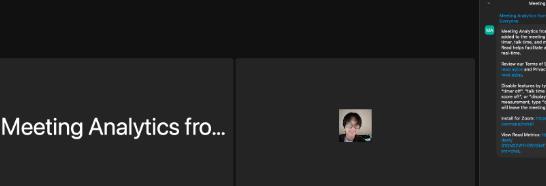How to Create an Effective Recurring Meeting Agenda Template?
Recurring meetings are a staple in many organizations, providing a regular platform for teams to align on projects, track progress, and collaboratively solve problems. However, without a well-structured agenda, these meetings can become unproductive and directionless. An effective recurring meeting agenda template serves as a critical tool, ensuring that each meeting is focused, efficient, and valuable. This article will guide you through creating a template that maximizes the productivity of your recurring meetings.

Define the Meeting's Purpose
Clear Objectives: Every recurring meeting should have a defined purpose, which should be clearly articulated at the top of your agenda template. Whether it’s a weekly sales update, a monthly project review, or a daily stand-up, specifying the purpose sets the tone and expectations for the participants. For instance, a 2017 study found that meetings with explicitly stated objectives were up to 30% shorter and more productive than those without.
Structure the Agenda
Consistent Format: Use a consistent format for your agenda to ensure familiarity and ease of understanding for all participants. This includes standardized sections such as:
- Opening Remarks: A brief time to welcome participants and introduce new members or guests.
- Review of Actions: A recap of tasks and action items from the previous meeting, discussing progress and any obstacles encountered.
- Main Discussion Points: Detailed points of discussion aligned with the meeting's objectives.
- Decision Making: Specific items that require a decision to be made during the meeting.
- Next Steps: Clearly defined actions to be taken post-meeting, including assigning responsibilities.
Allocate Time Slots
Time Management: Assign specific time allocations for each agenda item. This practice helps in managing the meeting duration effectively and ensures that all topics receive adequate attention. For example, you might allocate 10 minutes for opening remarks and action review, 30 minutes for main discussions, and 10 minutes for decision-making and next steps.
Prepare for Flexibility
Adjustable Sections: While consistency is key, flexibility is also crucial. Include a section in your template for any additional topics that might arise spontaneously. This "flex" section helps accommodate urgent issues without disrupting the structured flow of the meeting.
Incorporate Feedback Mechanisms
Continuous Improvement: At the end of your agenda template, include a space for feedback on the meeting’s effectiveness. This can be a simple prompt that asks participants to suggest improvements for future meetings. Regular feedback ensures that the meeting remains relevant and continues to meet the team’s needs effectively.
Automate for Efficiency
Integration with Tools: Utilize project management and calendaring tools to automate the dissemination of the agenda and the tracking of action items. Tools like Microsoft Outlook, Google Calendar, or project management software like Asana or Trello can be linked to your agenda for seamless integration.
For further insights and examples of effective recurring meeting agenda templates, visit Recurring Meeting Agenda Template.
Conclusion
An effective recurring meeting agenda template is not just a document; it’s a strategic tool that guides the flow of regular meetings to ensure they are purposeful and productive. By clearly defining the meeting’s objectives, structuring the agenda thoughtfully, managing time efficiently, and incorporating flexibility and feedback, organizations can significantly enhance the outcomes of their regular gatherings.